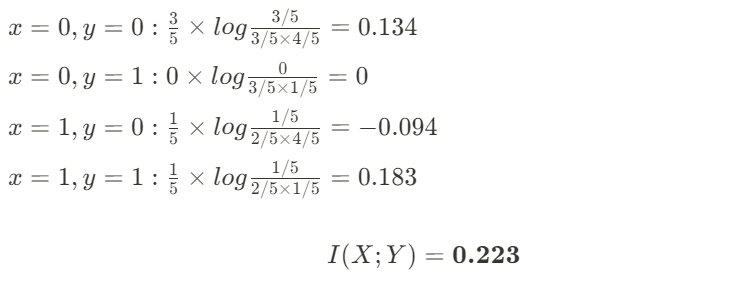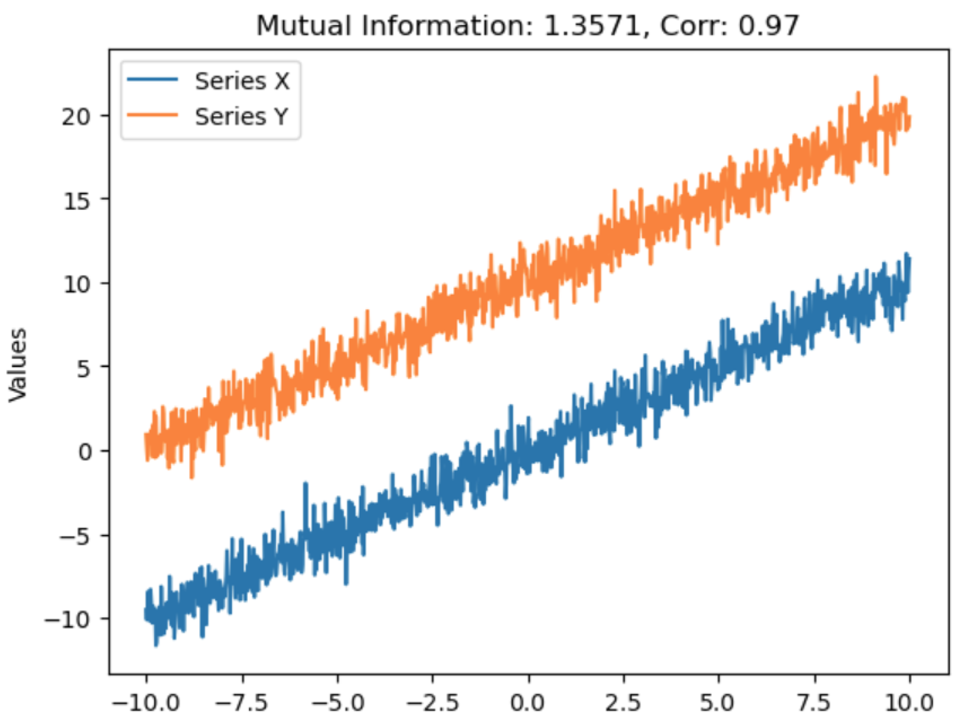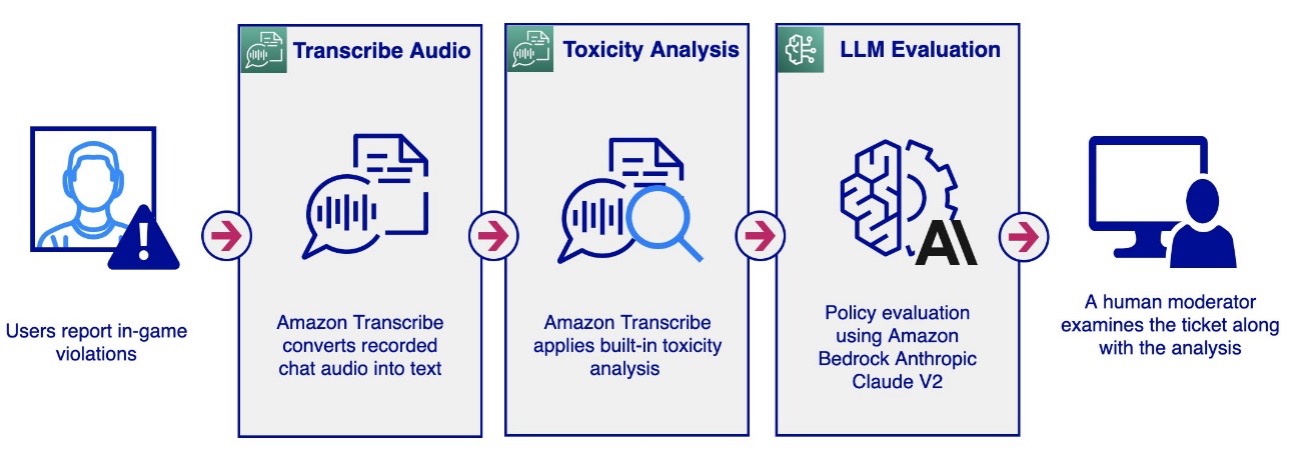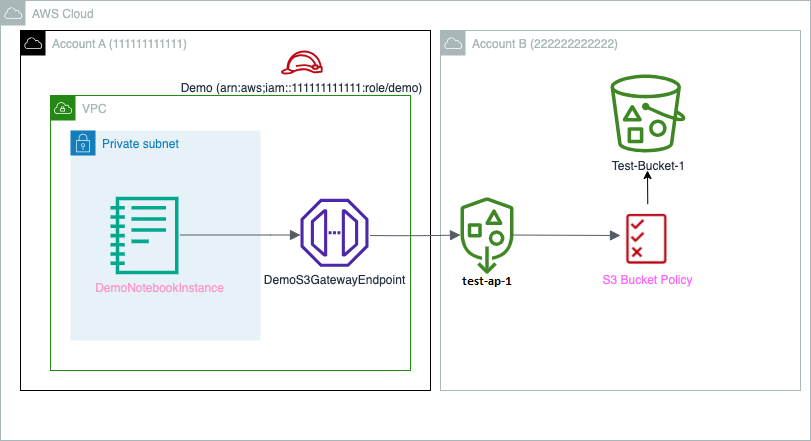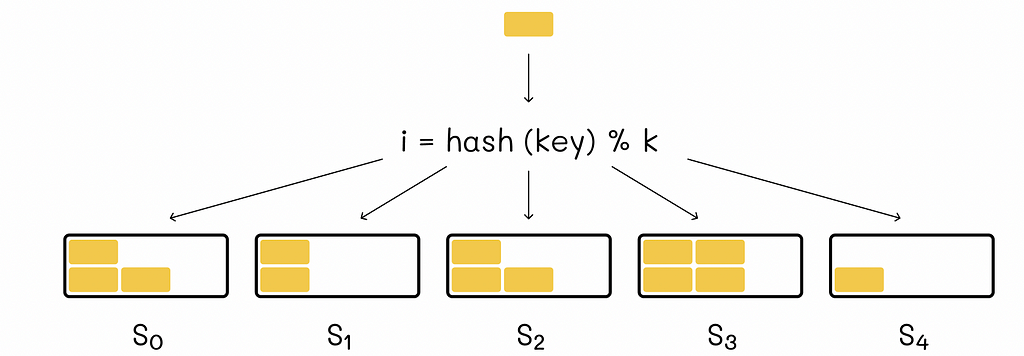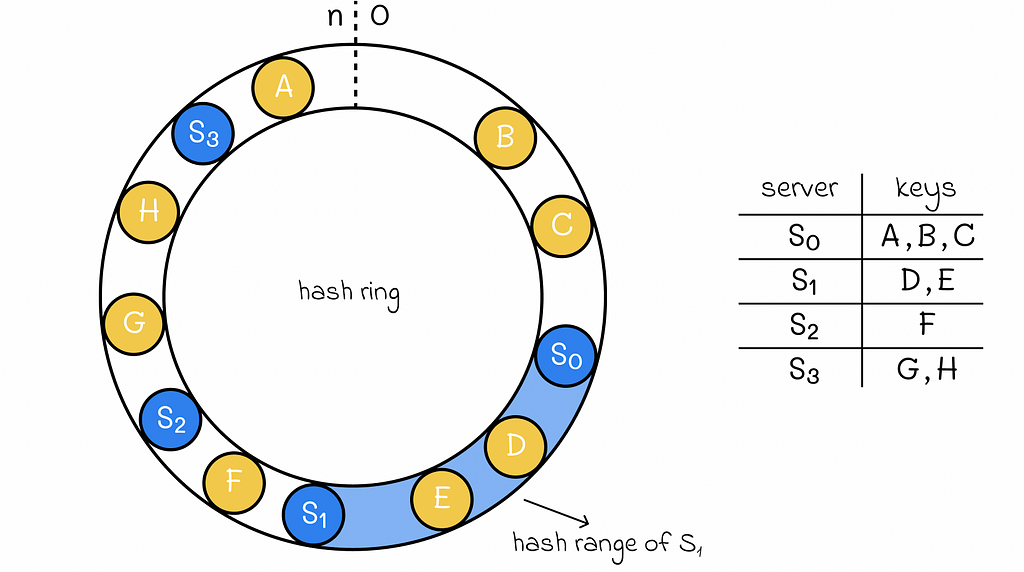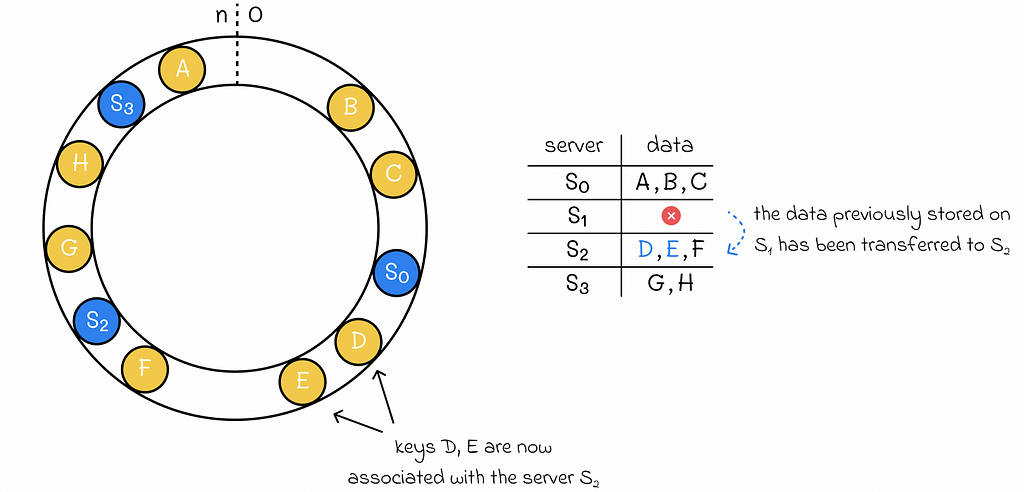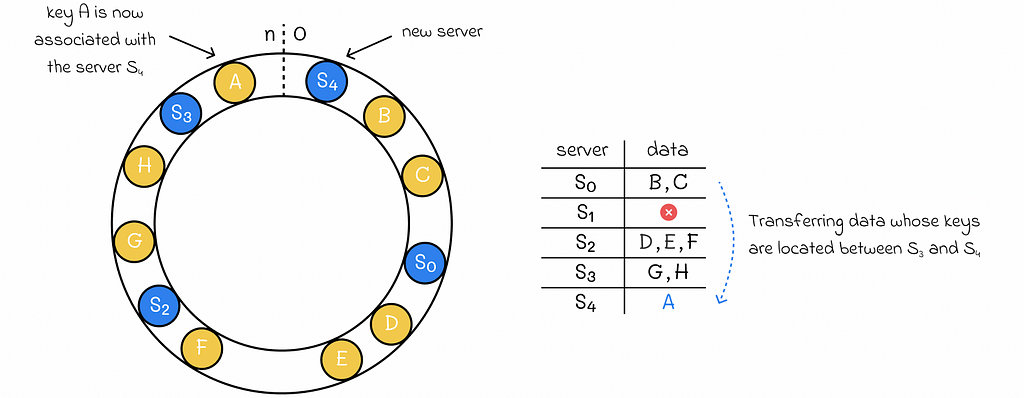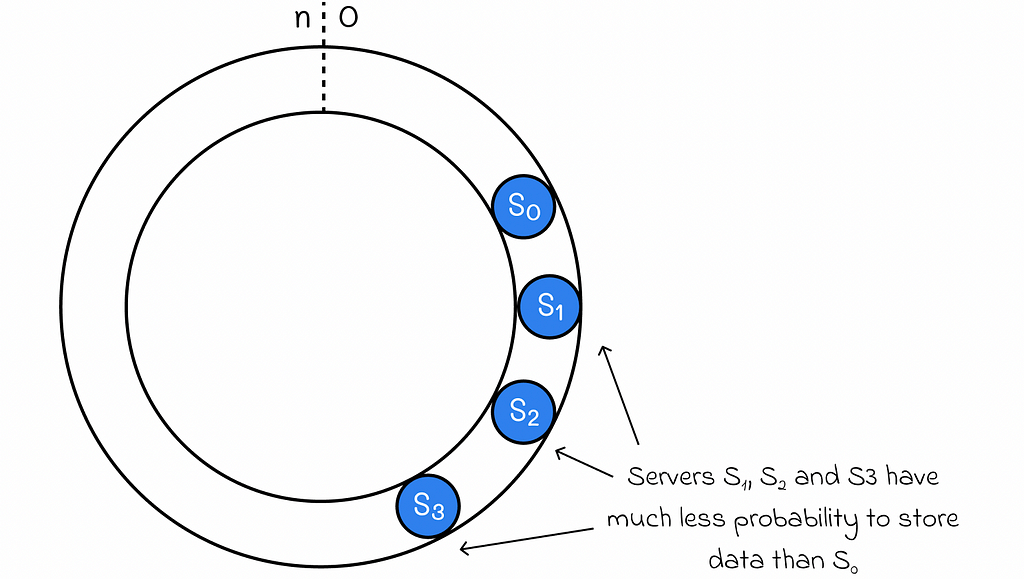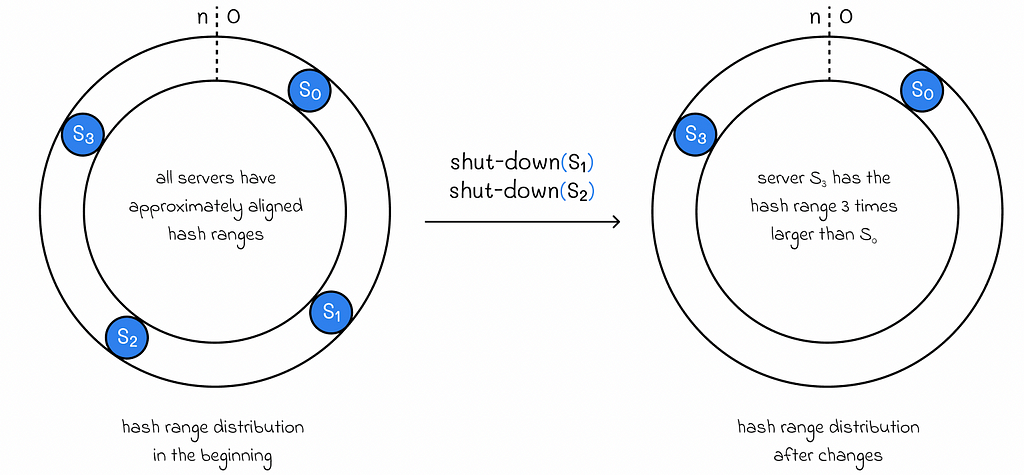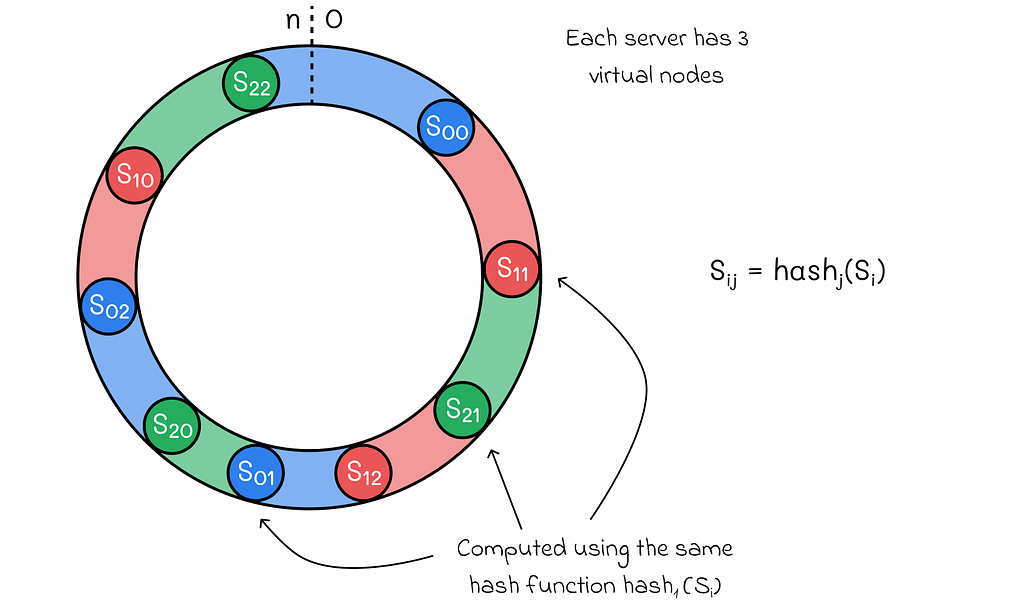There is a new quantization algorithm in town! The Additive Quantization of Language Models (AQLM) [1] quantization procedure was released in early February 2024 and has already been integrated to HuggingFace Transformers (as of version 4.38.0–21/02/2024) and HuggingFace PEFT (as of version 0.9.0–28/02/2024). This means that checkpoints quantized using AQLM can be loaded using these libraries and HuggingFace Transformers can be used to quantize compatible checkpoints using AQLM.

In this blog post, we will examine the key results presented in the AQLM paper [1] and provide a detailed overview of the key concepts behind this new quantization technique.
In this article, we will first review the key results presented in the AQLM paper. Next, we will examine the motivations for quantizing large language models for inference. We will then dive into the details of Multi-Codebook Quantization (MCQ), a technique uniquely leveraged by AQLM for weight quantization. After breaking down the memory footprint of AQLM models and examining key quantization parameters, we will explain the AQLM quantization procedure step-by-step. Finally, we will discuss the concept of Pareto efficiency as it relates to model quantization, providing perspective on how AQLM pushes the boundaries of Pareto-optimal quantization.
AQLM Performance
Existing weight-only quantization algorithms could technically quantize model weights down to the 2-bit range. However, they failed at effectively preserving model accuracy. AQLM is a new weight-only post-training quantization (PTQ) algorithm that sets a new state-of-the-art for the 2 bit-per-parameter range. It also provides smaller benchmark improvements compared to existing methods for the 3-bit and 4-bit ranges (Table 1). Specifically, AQLM outperforms popular algorithms like GPTQ [2] as well as more recent but lesser known methods such as QuIP [3] and QuIP# [4]. AQLM authors also claim that their quantization algorithm pushes the Pareto frontier of the tradeoff between model accuracy and memory footprint below 3 bits per parameter for the first time.
The table below summarizes the performance of AQLM when compressing the Llama-2–70B model to 4-bit, 3-bit, and 2-bit per parameter. Performance is measured by perplexity on the WikiText2 [5] and C4 [6]. datasets (lower is better) as well as zero-shot accuracy on the WinoGrande [7] and HellaSwag [8] benchmarks (higher is better). For comparison, the performance of QuIP#, the top competing method, is shown for 4-bit and 2-bit compression. Since the available QuIP# implementation does not support 3-bit compression, SpQR [9]is included as the comparison method for AQLM at 3 bits.
While quantization can sometimes reduce inference latency compared to FP16, this is not guaranteed. In benchmarks, AQLM-quantized models showed moderate latency improvements, with speedups ranging from 1.2x to 2x in most cases, and up to 3.05x in the best case. However, latency reduction was not the focus of AQLM’s designers. Their priority was maximizing accuracy within a target model size, rather than optimizing for speed. Consequently, the latency gains from AQLM quantization are noticeable but not as dramatic as the improvements from other existing quantization algorithms.
Nevertheless, AQLM marks an important step towards making large language models more accessible on consumer hardware and mobile devices. For example, when quantizing a 7B model from 16-bit half precision formats like FP16 (16 bits or 2 bytes per parameter) down to just 2 bits per parameter (0.25 bytes per parameter), the memory footprint is reduced by a factor of 8x — decreasing from 14GB down to only 1.75GB.
Why and what do we quantize?
PTQ methods fall into two categories: those that quantize just the model weights, and those that quantize both weights and activations. AQLM falls into the first category, only quantizing weights. Model weights are static by definition, so they can be quantized offline before deployment and even distributed on platforms such as the HuggingFace Model Hub. Activations encompass everything else, including the key-value (KV) cache, and are only known at runtime during inference.
The first checkpoints quantized (mostly to 2 bits) using AQLM have started to appear on the HF Hub. However, TheBloke, a popular model quantizer, has not yet included this quantization technique in his set of quantization methods.
When quantizing LLMs weights, not all the weights are actually quantized. Only the parameters that make up the bulk of the parameter count, like the large projection matrices of both the attention and feed-forward layers, are typically quantized. Other parameters are usually kept in native precision.
When opting for weight-only quantization, efficient mixed precision kernels for matrix multiplications are usually not available. As a result, quantized weights are dequantized at runtime after being fetched from memory. Depending on the overhead of dequantization, the latency reductions from lower data transfer can be partially preserved or completely offset.
There are four main benefits associated with the reduced weight memory footprint of quantized models for LLM inference:
By reducing the weight’s memory footprint, quantizing large language model weights for inference provides four main benefits:
- Reduced hardware requirements for model serving: A quantized model can be served using less expensive GPUs or even made accessible on consumer devices or mobile platforms.
- Increased space for the KV cache to enable larger batch sizes and/or sequence lengths.
- Faster decoding latency. As the decoding process is memory bandwidth bound, less data movement from reduced weight sizes directly improves this, unless offset by dequantization overhead.
- A higher compute-to-memory access ratio (through reduced data movement), known as arithmetic intensity. This allows for fuller utilization of available compute resources during decoding.
What is Multi-Codebook Quantization (MCQ)?
AQLM applies Multi-Codebook Quantization (MCQ) to compress the weights of LLMs. Originally, MCQ was developed to enable efficient nearest neighbor search on vector databases. It works by splitting each vector of the database into subgroups (sub-vectors), which are in turn approximated using learned vectors named codewords. A codebook is a set of such codewords. This allows similarity computations to be performed efficiently using the finite set of codewords instead of the full vector database.
In AQLM, the vectors that are quantized correspond to the rows of the weight matrices. That is, AQLM quantizes the output channels of each weight matrix using MCQ.
Note: It should be noted that AQLM uses the W.X notation convention (W and X are the weight and activation matrices respectively), whereas some other quantization papers use the reverse X.W convention. This means the output channels that AQLM quantizes correspond to the rows of the weight matrix, while in X.W notation, they would be the columns.
Each row of the weight matrix of shape (d_out, d_in) is divided into sub-vectors called groups of size (1, g). Assuming the codebooks have already been learned, AQLM approximates each group as the sum of M same-size codewords that are stored at native precision. Each codeword belongs to a different codebook, each codebook containing 2^B codewords. To reconstruct a group using the learned codebooks, we actually only need to store the index of each constituent codeword in its codebook. This index can be represented as a 2^B-dimensional one-hot vector called a code. So each group is represented by M one-hot code vectors of size 2^B. Storing such a one-hot vector requires B bits. Therefore, the total memory footprint to store the compressed representation of each group is M x B bits.
The process of building the quantized representation in AQLM is summarized in Figure 1. It should be noted that before splitting each output channel into groups, the output channels are scaled by a learned scaling factor.

As mentioned previously, at inference time, the matrix multiplication with activations X uses dequantized, native-precision parameters rather than the quantized code vectors. As shown in Figure 2, the dequantization process works by decompressing the code vectors back into one-hot index vectors to retrieve the corresponding codewords from each codebook. These codewords are summed together, then scaled to reproduce the original, half-precision weight values for computation.

Memory footprint of AQLM-quantized models
Most importantly, what is the achieved average number of bits per parameter using AQLM? To store an AQLM-quantized weight matrix, the following information needs to be stored:
- M codebooks, each containing 2^B codewords stored at native 16-bit precision. Each codeword has size (1, g).
- d_out scaling factors, each stored as a 16-bit float
- M code vectors of B bits each to encode each group, of which there are total d_out x d_in/g.
Therefore, the average number of bits per parameter can be calculated with the following formula:

It should be noted that the formula above calculates the average bits per parameter for a single weight matrix, i.e. a single layer, not the entire model.
Let’s look at each term’s contribution for different configurations (Table 2) taking Llama-2–70B feed-forward layer as an example :
To understand how each term contributes for different configurations, let’s examine a specific example: the feed-forward layer of the Llama-2–70B model (d_in=8 192 and d_out=28 672). Table 2 shows the breakdown of each term’s contribution across different configurations for this layer.
The scaling factor terms are always negligible in their contribution. The average number of bits per parameter is primarily dictated by the codes encoding each group. The codebook terms generally have a small contribution, unless both B and g are set to relatively high values (as in Scenario D).
Key AQLM quantization parameters
The group size g, number of codebooks M, and codebook size B are hyperparameters in AQLM’s quantization process. Assuming the code terms dominate the average bits per parameter, we can approximate the total as B.M/g. This means multiple combinations of g, M, and B can satisfy the same overall bit budget. To select the optimal configuration, we need to examine how these parameters impact model performance.
Note: The names of AQLM-quantized models follow a XBit-MxB naming scheme such as ISTA-DASLab/gemma-2b-AQLM-2Bit-1×16-hf for the 2-bit quantized version of Gemma-2B using one codebook with 65 536 (2¹⁶) codewords. Knowing the total bit budget, M and B, we can easily derive g.
Regarding latency, the higher the number of codewords, the slower, i.e. the lower the latency speedup. For example, matrix-vector multiplication of the 2-bit 1×16 (65 536 codewords total) Llama-7B model on GPU (Nvidia RTX 3090) shows a x1.31 speedup compared to the FP16 model, whereas the same size 2×8 (512 codewords total) model achieves a x1.57 speedup.
However, decreasing the number of codewords negatively impacts model accuracy. As an example, the paper demonstrates that the 1×16 Llama-7B model (2-bit range) achieves a perplexity score of 6.29 on WikiText2 [5], while the 2×8 variant of the same model scores 7.98 on the same dataset. In comparison, the FP16 version scores 5.12.
Now, considering a fixed total bit budget (e.g. 2 bits) and codebook size B (e.g. B=8), there are multiple valid (M, g) pairs that satisfy the budget constraint. For instance, with B=8, the pairs (1, 4), (2, 8), …, (8, 32), etc. are valid configurations. The paper demonstrates that within a given budget, larger (M, g) values correlate with lower perplexity, i.e. reduced quantization errors, although with diminishing returns. This reveals a latency-accuracy tradeoff — higher M improves accuracy but also increases latency.
Note: For many quantization methods, the average bits per parameter is dictated by the precision used to store parameters, such as INT8, INT4, INT3, etc. This only allows a few discrete average bits sizes. In contrast, AQLM provides much more flexibility — by adjusting the g, M, and B hyperparameters, a wider range of average bits can be achieved with finer granularity (as shown in Table 3).
Note: Leaving model accuracy aside, it is likely that not all configurations are equally efficient. For instance, if the value of B is not a multiple of 8, then each stored code does not utilize all the bits across the bytes needed to represent it
The AQLM quantization procedure
In the previous section, we assumed the codebooks and codes were already learned in order to demonstrate how AQLM builds a compressed representation. In practice, quantizing a model with AQLM involves learning these codebooks. Once the codebooks have been learned, compressing a weight matrix using the process described above is straightforward.
For an input half-precision weight matrix W, the AQLM quantization process learns: M codebooks C, d_out scaling factors s, and for each group, M code vectors b . These are learned by minimizing the following loss function:

To learn the codebooks and the codes, calibration data (i.e. training data) is required. The authors use a few hundred 4096-length sequences from the RedPajama-v1 dataset [10] as calibration data. Performance is measured by evaluating perplexity on the WikiText2 [5] and C4 [6] datasets, which serve as validation sets.
Looking at technicalities of this particular training would take us too far into the peculiarities of codebook learning. We will just cover the AQLM training (and therefore quantization) procedure main steps.
The AQLM algorithm actually applies to each Transformer decoder block. For a given decoder block, quantization is a two-step process:
- Codebooks, scaling factors and codes are learned for each linear layer in the block. In each case, the loss function minimization occurs in two stages: 1. The codes are learned first using the initialized codebooks and scaling factors. The codebooks here are fixed, initialized with a residual k-means approach. 2. With the codes learned from the first stage remaining fixed, the codebooks and scaling factors are then updated starting from their initialized values.
- After quantizing each linear layer in a decoder block, the block’s codebooks, scaling factors, and non-quantized parameters (like normalization layer scales/biases) undergo further fine-tuning. The codes remain frozen at this stage. This fine-tuning uses input and output activations recorded before quantization and allows joint optimization of the parameters across layers. Optimizing jointly accounts for interactions between quantization errors across layers, which is important at very low bitrates where quantization errors are relatively larger.
Pareto optimality
The AQLM authors claim to have pushed the Pareto frontier for the tradeoff between model accuracy (measured by perplexity for example) and memory footprint below 3 bits per weight for the first time. While an important achievement, what does this milestone represent?
Pareto optimality refers to an efficient state where one metric cannot be improved without negatively impacting another metric. For example, consider a system described by two desirable characteristics. A Pareto-optimal state is one where there exists no modification that could improve one characteristic without worsening the other. Conversely, if a change could positively affect one characteristic at no cost to the other, that would be considered Pareto-inefficient, as a more optimal state is possible. The Pareto frontier plots all such Pareto-optimal states.
When applied to model quantization, each model variant (quantized or full-precision) represents a state described by its accuracy and memory footprint. The Pareto frontier comprises the set of (usually quantized) models with the optimal tradeoff between accuracy and size. On this frontier, there exists no way to further compress model size without losing accuracy, or improve accuracy without increasing memory requirements.
For example, the paper shows Llama-2–13B quantized using AQLM to 2 bits per weight achieves 5.65 perplexity, while 4-bit AQLM quantization of Llama-2–7B achieves 5.21 perplexity. Both occupy ~1.7GB, but the 2-bit model has worse accuracy. Therefore at this footprint, the 4-bit model is more efficient — higher accuracy for the same 1.7GB size.
How is that possible? These Pareto efficiency limitations stem from the difficulty quantization techniques face in avoiding substantial accuracy losses at extremely low bit-per-parameter values.
If we assume all quantization techniques could perfectly preserve model accuracy, then each time a new technique achieves higher compression, the Pareto frontier would simply shift to include only models quantized using that latest technique (Figure 3).

However, because quantization leads to losses in model accuracy, achieving higher compression does not necessarily mean reaching the Pareto frontier if the accuracy loss is too great compared to other existing techniques (Figure 4).

Pushing the Pareto frontier below 3 bits per weight means that existing sub-3-bit quantized models were not Pareto optimal — for a given model memory footprint, accuracy was not maximized. The authors determine 2.5 bits as the optimal rate for the Llama-2 family with AQLM. In other words, Llama-2 models that are quantized to use an average of 2.5 bits per parameter using AQLM sit on the Pareto frontier.
Conclusion
In this post, we introduced AQLM, a new quantization algorithm that applies Multi-Codebook Quantization (MCQ) to large language models for the first time. AQLM sets a new state-of-the-art for model compression in the 2-bit per parameter range and achieves Pareto optimality with sub-3-bit models for the first time.
With its groundbreaking compression rates and maintenance of accuracy, AQLM represents a major step forward in deploying large language models efficiently and making large language models more accessible to consumer hardware and mobile devices.
AQLM is already supported by the HuggingFace Transformers and PEFT libraries, making it easy for developers to leverage AQLM’s advantages!
[1]: V. Egiazarian et al., Extreme Compression of Large Language Models via Additive Quantization (2024), arXiv preprint arXiv:2401.06118
[2]: E. Frantar et al., GPTQ: Accurate Post-Training Quantization for Generative Pre-trained Transformers (2022), ICLR 2023
[3]: J. Chee et al., QuIP: 2-Bit Quantization of Large Language Models With Guarantees (2023), NeurIPS 2023 spotlight
[4]: A. Tseng, QuIP#: Even Better LLM Quantization with Hadamard Incoherence and Lattice Codebooks (2024), arXiv preprint arXiv:2402.04396
[5]: S. Merity et al., Pointer Sentinel Mixture Models (2016), ICLR 2017 Poster
[6]: C. Raffel et al., Exploring the Limits of Transfer Learning with a Unified Text-to-Text Transformer (2019), JMLR 2020
[7]: K. Sagaguchi et al., WinoGrande: An Adversarial Winograd Schema Challenge at Scale (2021), ACM 2021
[8]: R. Zellers et al., HellaSwag: Can a Machine Really Finish Your Sentence? (2019), ACL 2019
[9]: T. Dettmers et al., SpQR: A Sparse-Quantized Representation for Near-Lossless LLM Weight Compression (2023), arXiv preprint arXiv:2306.03078
[10]: Together Computer, RedPajama: an Open Dataset for Training Large Language Models (2023), https://github.com/togethercomputer/RedPajama-Data
The AQLM Quantization Algorithm, Explained was originally published in Towards Data Science on Medium, where people are continuing the conversation by highlighting and responding to this story.
Originally appeared here:
The AQLM Quantization Algorithm, Explained
Go Here to Read this Fast! The AQLM Quantization Algorithm, Explained













